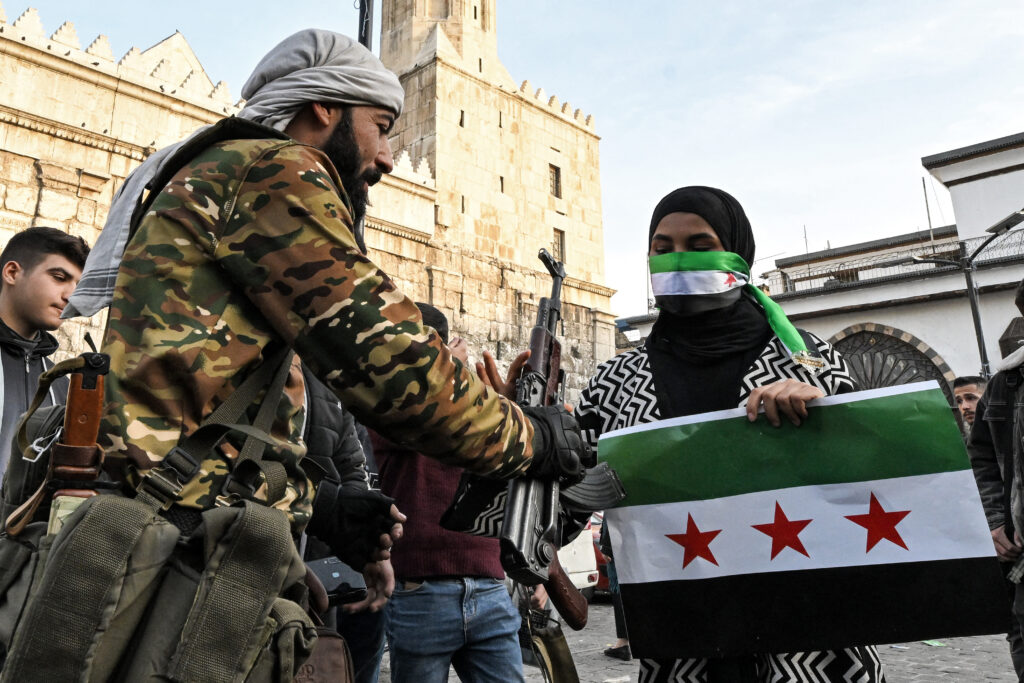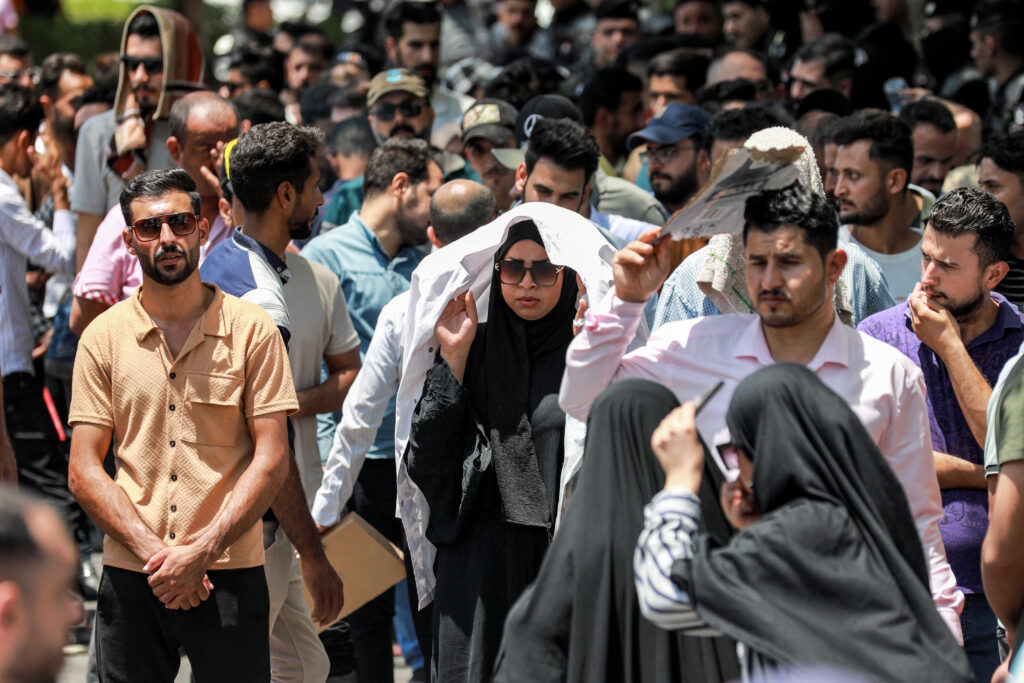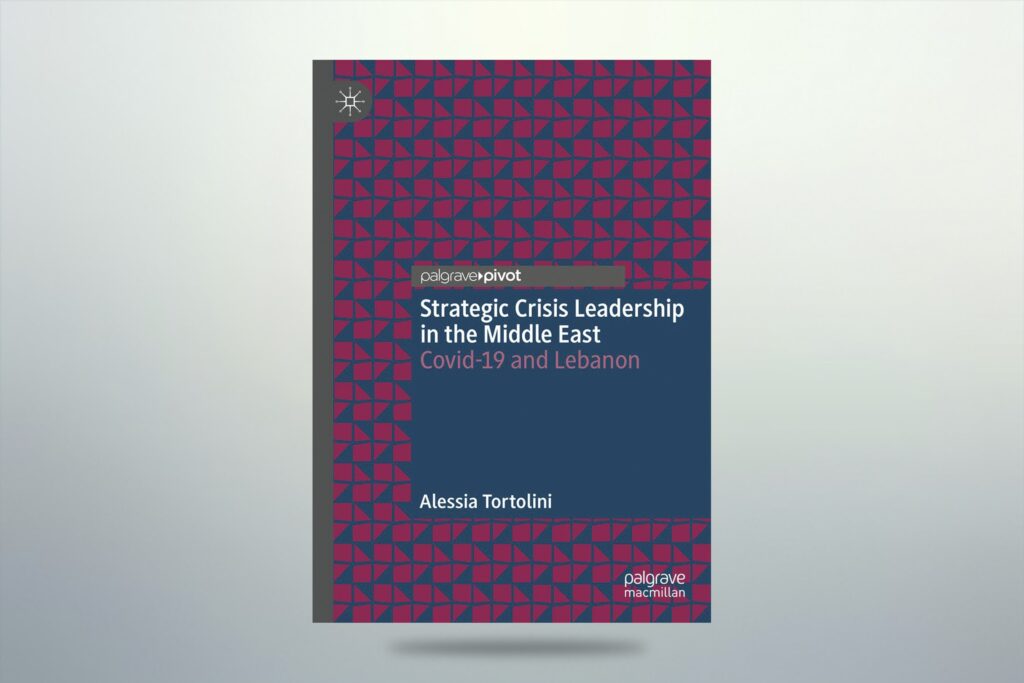As transformative events go, the signing of the Abraham Accords in 2020 belongs on any list of earthshaking moments in the Middle East. Aptly, it is where Michael A. Horowitz chooses to begin his study of current and future challenges facing Israel in its quest for normalisation with the Arab world, Hope & Despair: Israel’s Future in the New Middle East. Horowitz, a geopolitical consultant, embarks on his book by charting the course of events that gave rise to the emotion described in the first word of the book’s title — the diplomatic agreement that sparked unprecedented rapprochement between Israel and the Arab world at military and economic levels. These include the first free-trade agreement between Israel and an Arab country (the United Arab Emirates), and various multilateral initiatives such as the Negev Forum, I2U2, and the India-Middle-East-Europe Corridor.
In doing so, he shines a light on how the Accords were different in nature from previous agreements signed with Egypt and Jordan. While Cairo and Amman recognised Israel, this resulted in a “cold peace”, with very limited cultural and economic exchanges. On the other hand, the Gulf states which signed the Accords — the UAE in particular — embraced the new partnership: Israeli tourists flocked to Dubai, while numerous Israeli tech companies opened offices in the Emirates. This momentum gave rise to heightened expectations for a normalisation deal with Saudi Arabia, which the administration of US President Joe Biden expected to deliver in late 2023.
The Hamas terrorist attacks on 7 October, and the subsequent war in Gaza, brought an end to this hopeful phase in Arab-Israeli ties. Horowitz, however, avers that despair had lurked beneath the surface for much longer, writing that the Gulf rapprochement masked the fact that in recent years, domestic politics in both Israel and Palestine trended towards radicalisation.
By the time the UAE officially opened its “Abrahamic Family House” — a complex meant to promote tolerance and coexistence among Muslims, Jews, and Christians — in March 2023, extremist elements were on the march in Israel, thanks to their inclusion in a new coalition government headed by Benjamin Netanyahu in 2022. Politicians such as Itamar Ben Gvir and Bezalel Smotrich did not hide their contempt for peace talks with the Palestinians, and openly pushed for an expansion of settlements across the West Bank.
Meanwhile, the Palestinian Authority was on life support, in part because of dysfunctional governance and endemic corruption. As Mahmoud Abbas, its ailing president, kept postponing elections, Hamas grew more powerful. Under the leadership of Yahya Sinwar, the group not only kept a tight grip on the Gaza Strip, but increased its influence in the West Bank.
Horowitz underlines how this steady worsening of the Israeli-Palestinian divide was helped along by Iran. Over the past decade, Tehran provided Hamas and the Palestinian Islamic Jihad with military support that enabled both of them to acquire the ability to launch rocket barrages on Israeli cities, and set the stage for 7 October.
In retrospect, the disconnect between the regional hopes of normalisation and the obvious despair on the ground led to a major clash. Horowitz acknowledges from the outset that he is expressing the view of an Israeli observer, but his writing is not undermined by ideological or political bias. His analysis is one of a realist, with both sides to blame for the current tragedy. That being the case, he offers a bleak view of the prospects for peace, whether between Israel and the Palestinians, or Israel and the broader Arab world. The book makes for disheartening reading, but is ultimately a useful and nuanced analysis of the state of the region.
Book discount promo code: HOROWITZ25 , Hurst Publishers.
Image: Michael A. Horowitz





